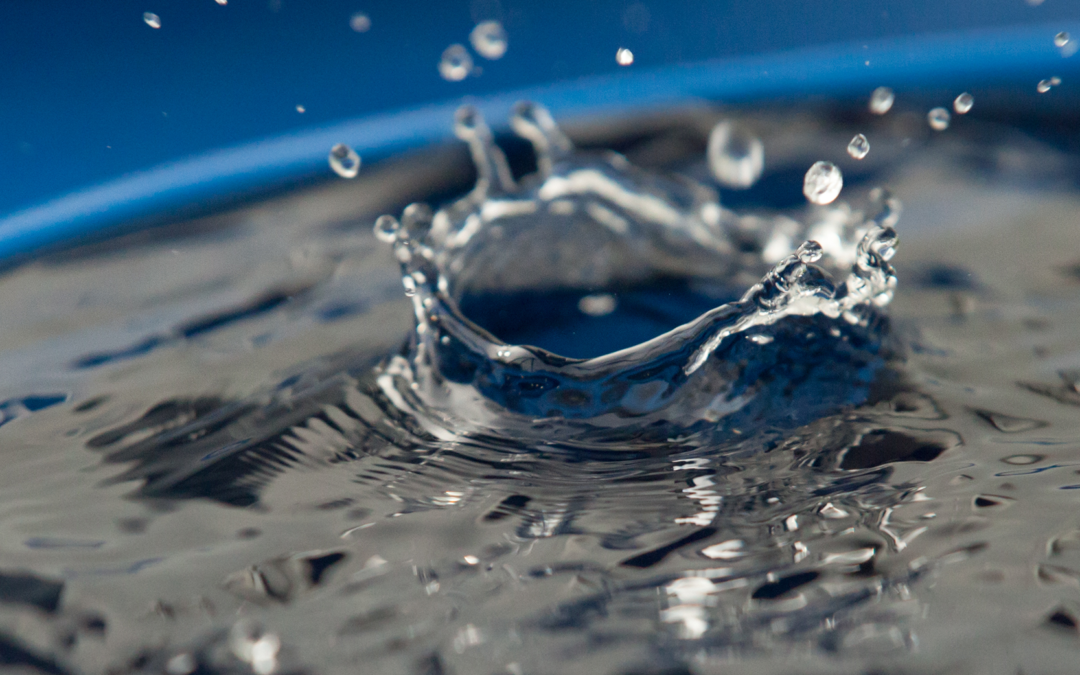No matter how strong your rain dance game is, you probably can’t control the rain.
However, one of the best ways to avoid running out of rainwater is to design your Rain Harvesting system to harvest the volumes of water you need.
And that means choosing the ideal water tank size for you.
To do this, there are four key things you need to consider:
- Your water usage and needs
- Average rainfall in your locale
- Your roof size and area
- Any space and location restrictions
Your water usage & needs
Knowing your water usage and needs helps you understand how much rainwater you need to be able to harvest for day-to-day use.
If you live in an area with mains water, your historical water bills may be a handy way to gain some insight into your family’s water consumption habits. Hose meters can also help calculate the volume of water you typically use for outdoor tasks.
In Australia, average household water consumption per person per day was 219 litres in 2012-13, although this varied from place to place. WA averaged 362 litres of water per person per day while NSW averaged 211.
The easiest way to calculate your water usage and needs will be to use our Rain Harvesting Calculator that is coming soon. The calculator will let you select all the typical tasks you use water for so you can determine just how much you need.
Average rainfall in your locale
Knowing your average rainfall is the first step in understanding how much rainwater you can actually harvest.
Rainfall data is generally available free online from your local weather services. If you live in Australia, for example, you can consult the Bureau of Meteorology.
In addition to considering monthly and yearly averages, it’s important to take note of any seasonality in rainfall. After all, if you have a wet season and a dry season, you’ll probably want to capture more water in the wet season so it’s available for use during the dry season.
Your roof size & area
1mm of rainwater over 1 square metre of roof equals 1 litre of water, so understanding the size of your roof is necessary to calculate how much rainwater you can harvest.
You can calculate your roof size by looking at your building plans, roughly measuring at ground level with a tape measure, or by using Google Maps or other overhead mapping software.
For a square or rectangular roof, the area calculation is simple: Length (in metres) x Width (in metres) = Roof area (in square metres).
Obviously, the larger your roof, the more rainwater you can harvest.
The following calculation allows you to estimate the maximum volume of water you can harvest: Roof area (in square metres) x Annual average rainfall (in millimetres) = Maximum rain harvesting capacity (in litres).
Space & location restrictions
Once you’ve chosen the ideal rainwater tank size for you and your property, there’s one more factor you need to consider: the space you have available for installing a tank or tanks.
Depending on your property and available space, your tank may need to be installed aboveground or underground, close to your property or further away, and below the roofline or above it.
These requirements may determine the best kind of tank for you (e.g. concrete vs polyethylene etc.) and dictate whether you have one or more tanks, so it’s important to consider this as part of your planning.
Your ideal water tank
Using the calculations we’ve provided, choosing the ideal water tank size for you and your property couldn’t be easier.
Now all that’s left to do is install it with the appropriate equipment for harvesting cleaner rainwater and lots of it.
And if you want even greater peace of mind? Simply plan your tank area so that extra storage can be added later if required.
